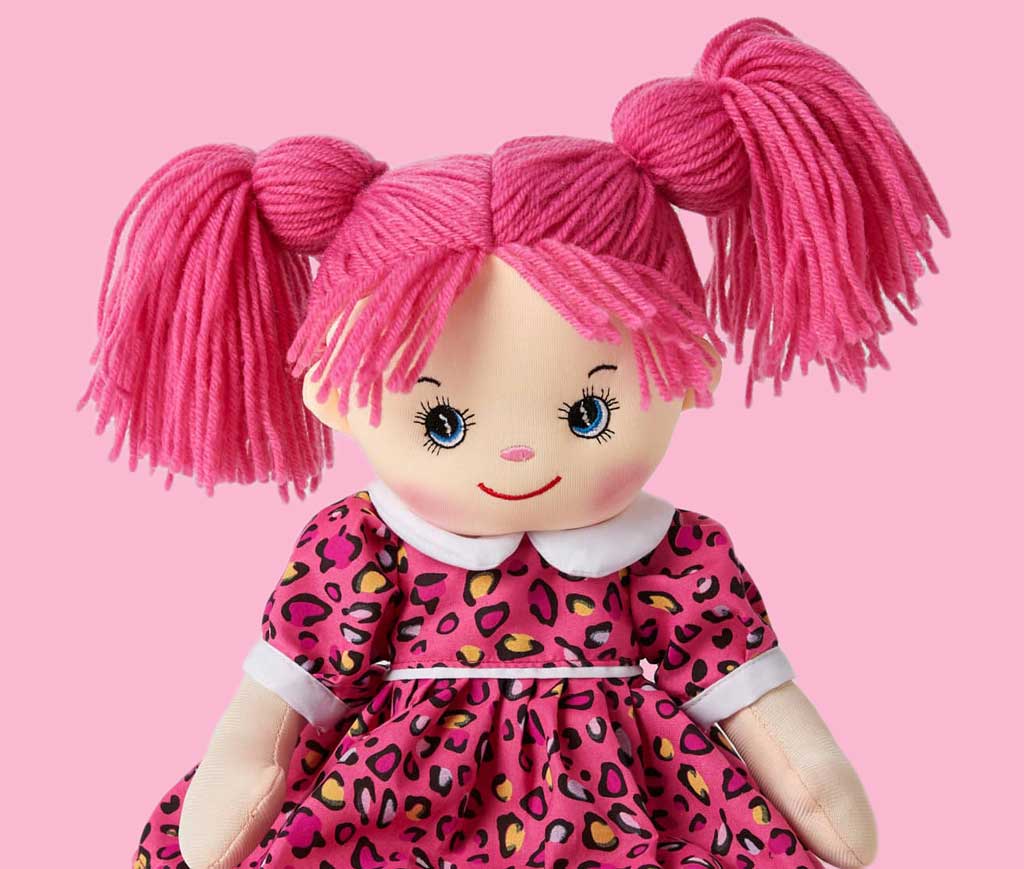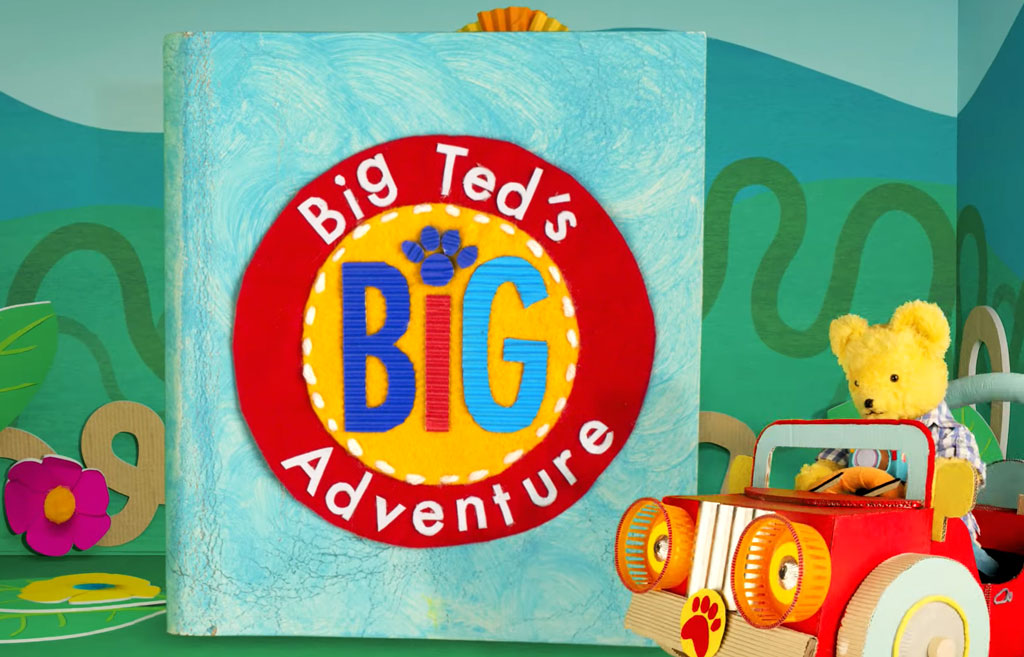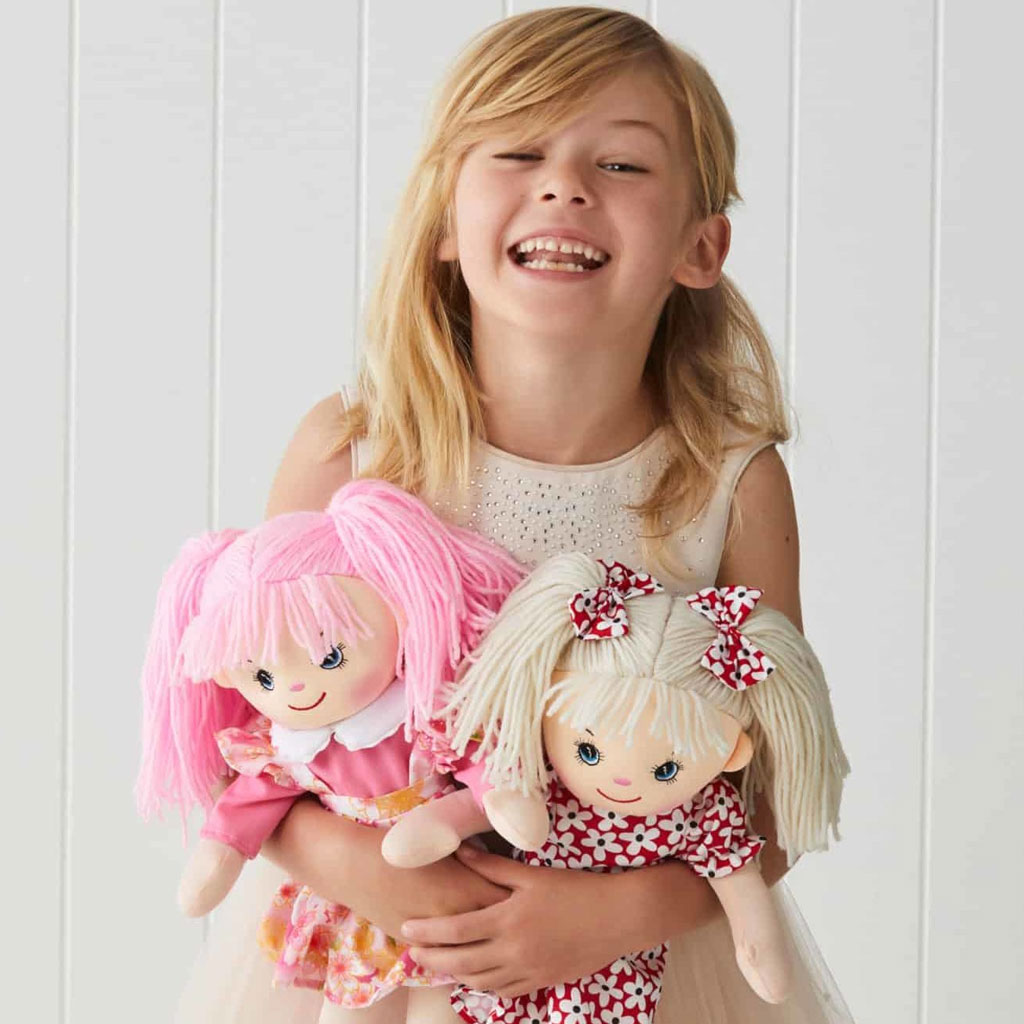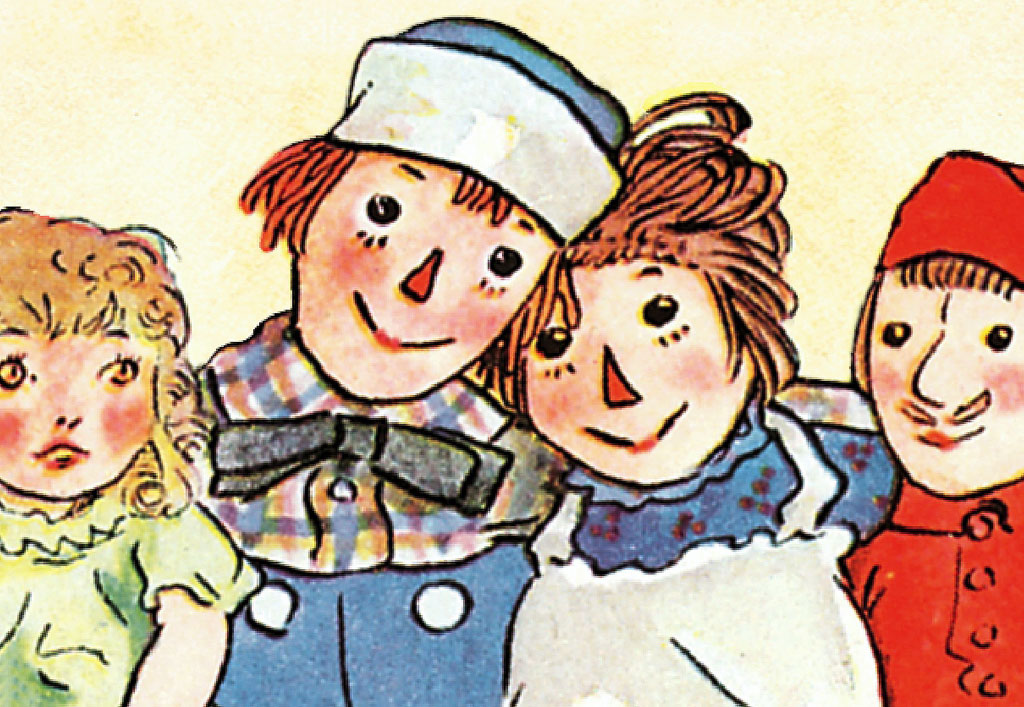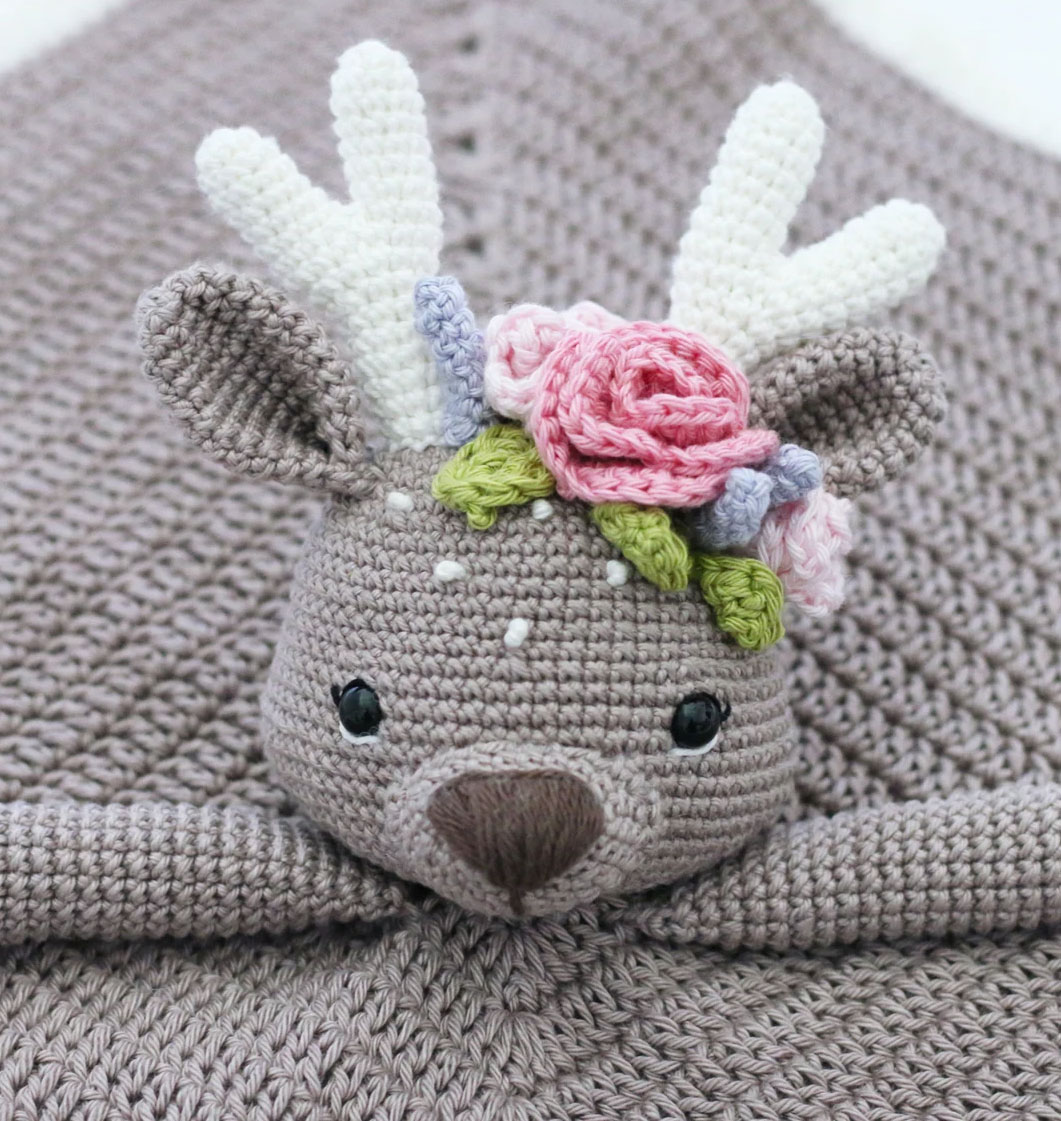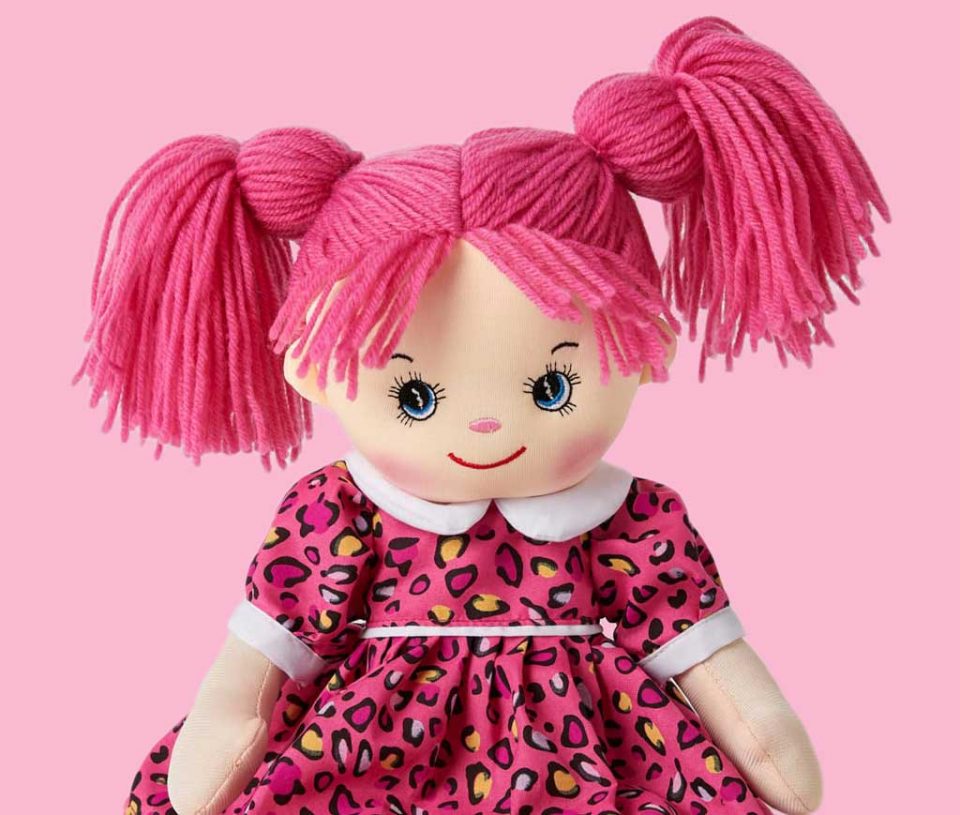
Stuffed animals, soft toys, teddy bears, dolls, pacifiers and security blankets are all comfort objects that offer emotional support and can do more than just help young children fall asleep.
Here we’ll explore how these soft and cuddly friends are so essential for a child’s development.
What is a Transitional Object?
A comfort object, also called a transitional object can be a stuffed animal, soft toy, teddy bear, doll or security blanket. It’s an item that is used to provide psychological comfort, during new or uncomfortable situations or at bedtime for children. These huggable, snuggly toys are often given nicknames and are used to soothe the child during a transitional phase and can often become a child’s best friend.
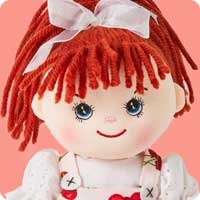
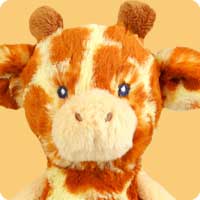
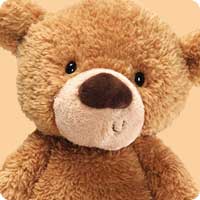
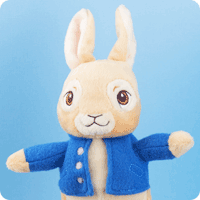
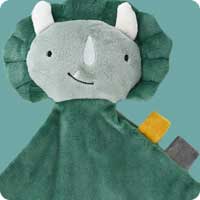
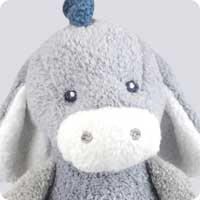
The Role in Child Development
In childhood development these transitional objects take the place of the mother-child bond. Comforting items can give the child a sense of security and peace of mind when the mother is not around. These comforting objects essentially become an emotional support system, offering reassurance to a child facing separation anxiety or an uncertain situation. Meeting a new babysitter, going to daycare or preschool, sleeping in a new bed and other new experiences are all common situations whereby a transitional object can help comfort and soothe the child.
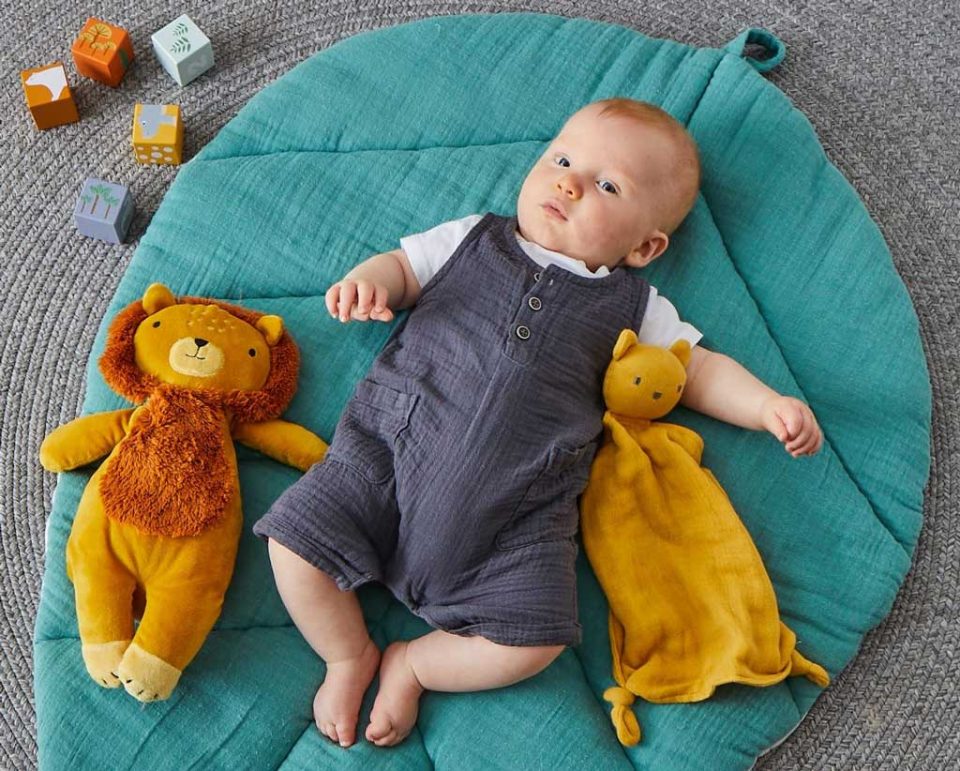
Dr. Donald Woods Winnicott was a pediatrician and psychoanalyst that coined the term ‘transitional object’ in 1953. Dr. Winnicott wanted parents and caregivers to understand how truly meaningful comfort objects were to a child and their development. The doctor drew attention to the importance of a child choosing their own transitional object, and explained that a comfort object represents a connection between the mother or primary caregiver and the external world.
The use of a transitional object may seem insignificant in a child’s play, but is a really an important tool in child development.
Practical Tips for Using a Comfort Object
A comfort or transitional object can be used with children as early as 4-6 months of age or as late as 2-3 years of age.
You can encourage a healthy relationship with your child’s chosen comfort object by placing it near your child whenever they are feeling upset or anxious.
When your child begins to turn to the comfort object for a sense of security and comfort, remember that it’s a healthy move towards independence. Your child is learning that they can feel safe in the world even when the parent or caregiver isn’t around. Some see the child clinging to a comfort object as a sign of weakness or insecurity, but in reality it’s a healthy sign of independence and emotional development.
If it’s possible, own two of your child’s comfort object. If the item needs washing, you have another clean one available to comfort your little one. Similarly, if it gets lost or misplaced, you have a spare on hand to ease the pain.
Never take away a child’s comfort object as a form of punishment if they misbehave. This will only cause the child more anxiety.
Don’t be concerned if your child keeps their comfort object longer than you expect necessary. Adults all over the world hold onto their childhood toys, dolls, stuffed animals and security blankets. A Build-A-Bear Workshop study in 2017 revealed that four in ten Americans still sleep with a teddy bear at night.
Comfort Objects in Pop Culture
The security blanket became popular with the character, Linus van Pelt, who carried around his ‘security and happiness blanket’ in the Peanuts comic strip featuring Charlie Brown and Lucy, created by Charles M. Schultz.
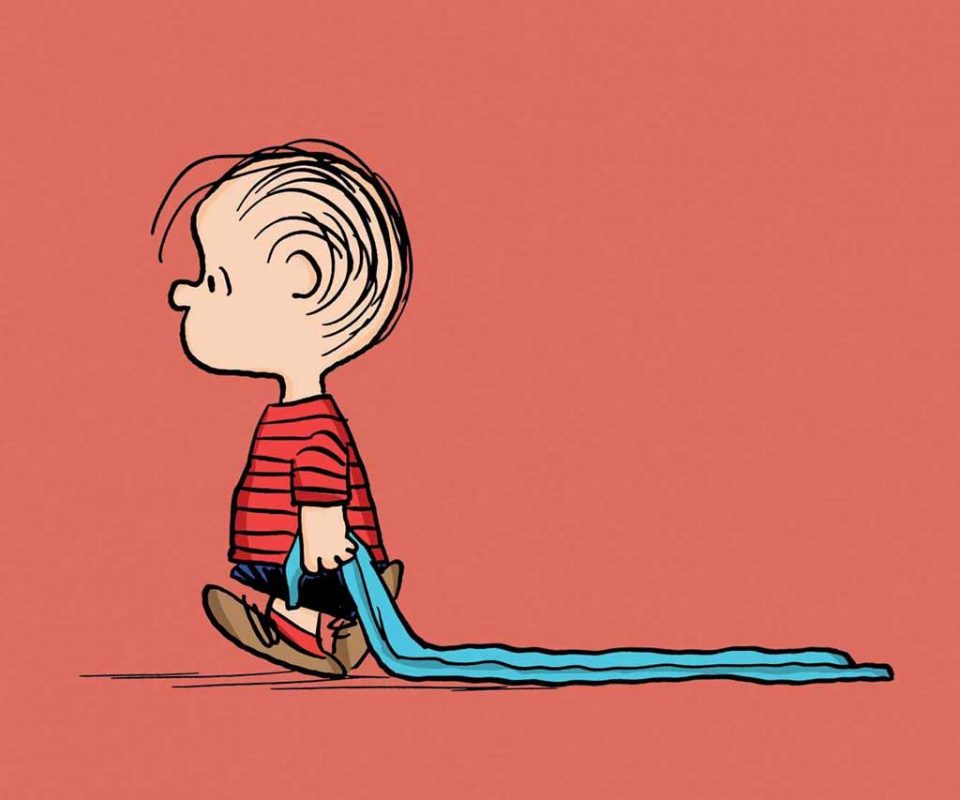
Comfort objects have appeared regularly in children’s entertainment over the years. Igglepiggle is a blue teddy bear like creature from the preschool children’s television In the Night Garden that carries around a red blanket wherever he goes. Peppa Pig‘s little brother, George, often seeks comfort from his dinosaur toy in his possession, called ‘Mr. Dinosaur’.
Sesame Street’s autistic character, Julia, loves her stuffed toy named Fluffster and is often comforted by the bunny rabbit doll, especially when she’s feeling anxious or upset. In the Sesame Street film, The Adventures of Elmo in Grouchland, Elmo loves his fuzzy blue blanket more than anything, and when it’s stolen he sets out on an epic adventure to retrieve his cherished blanket.
In the movie, The Producers, Leo Bloom keeps himself calm from panic attacks, carrying his childhood blue blanket everywhere he goes.
As you can see comfort objects are widely used in society and serve an important purpose in the development of children.
